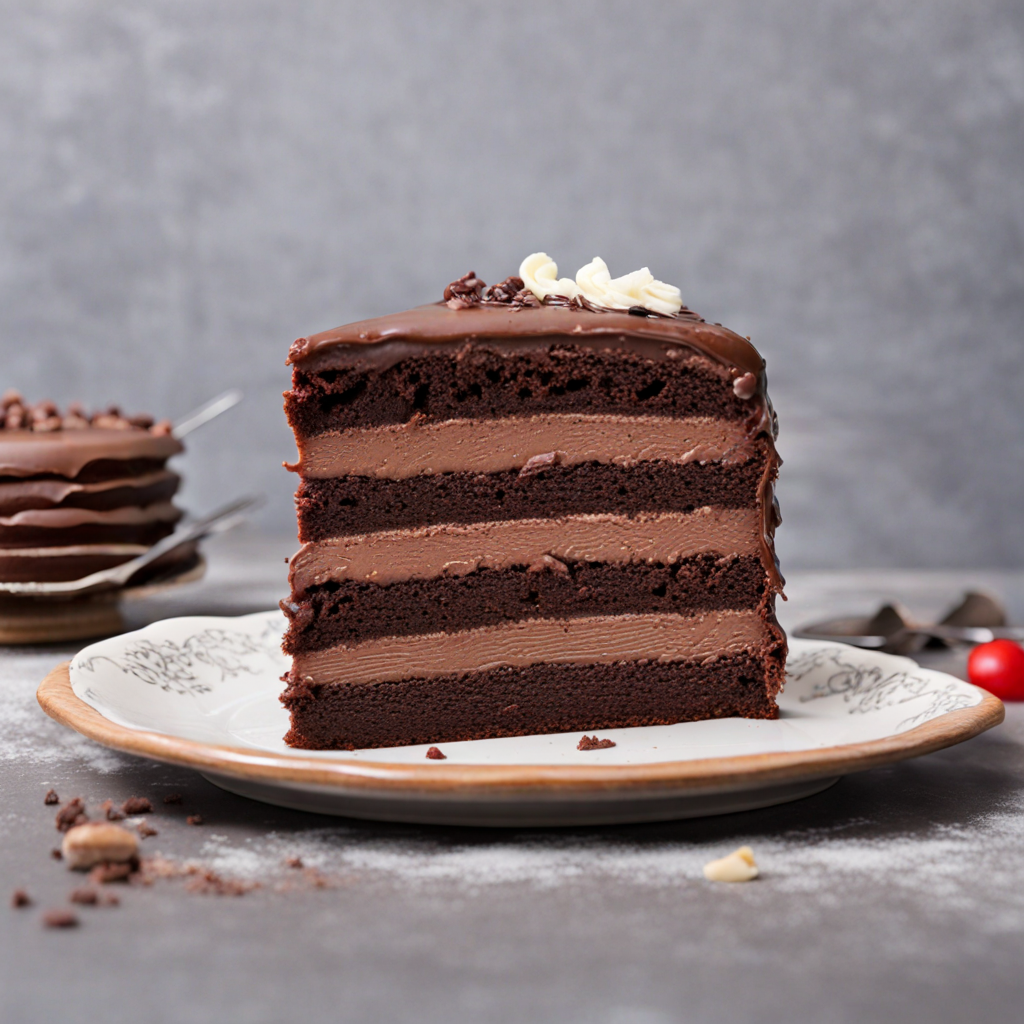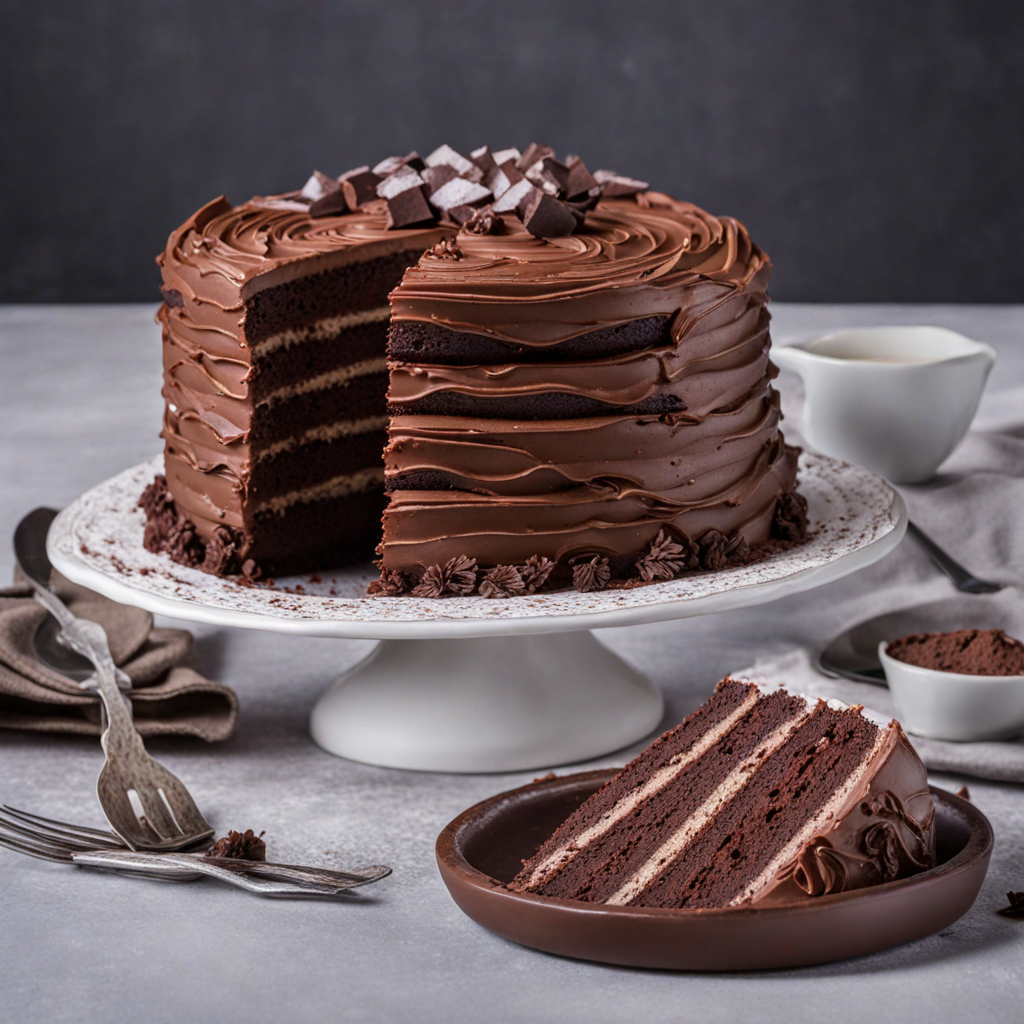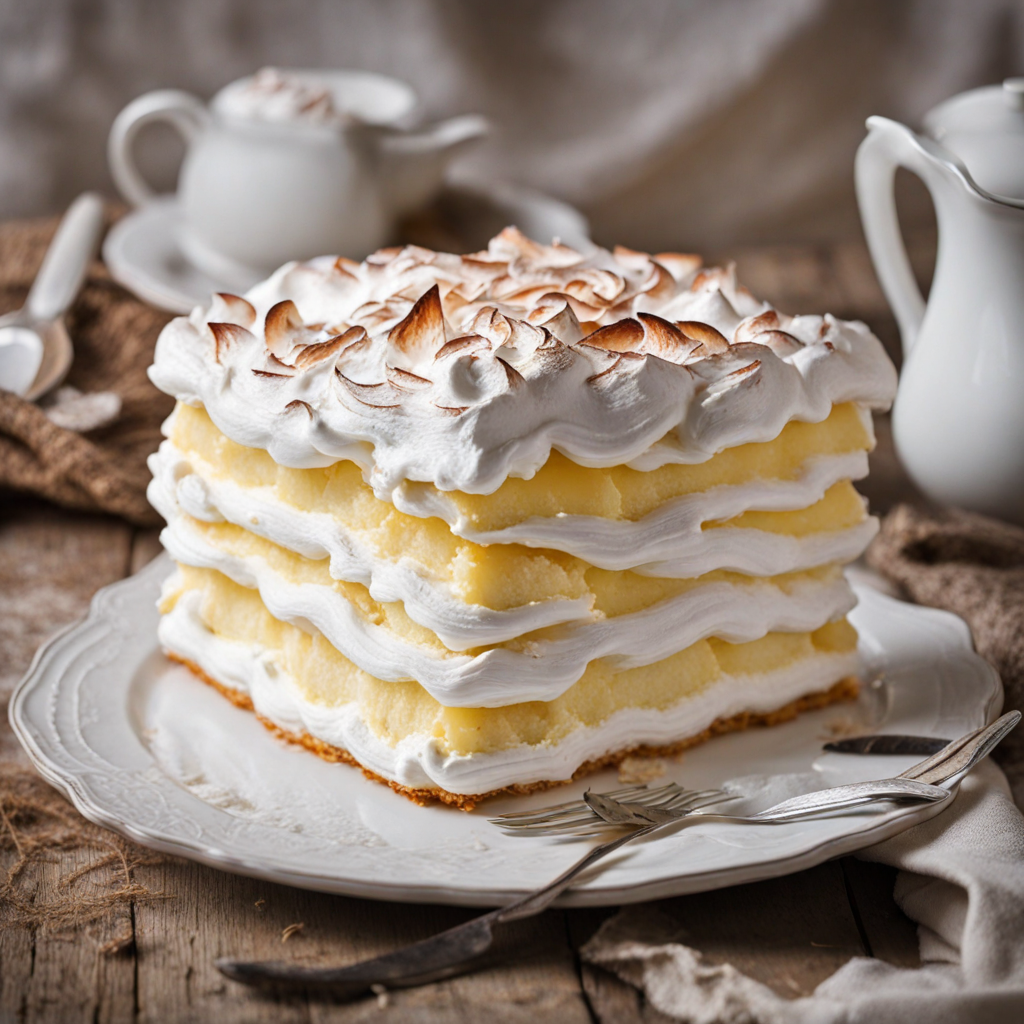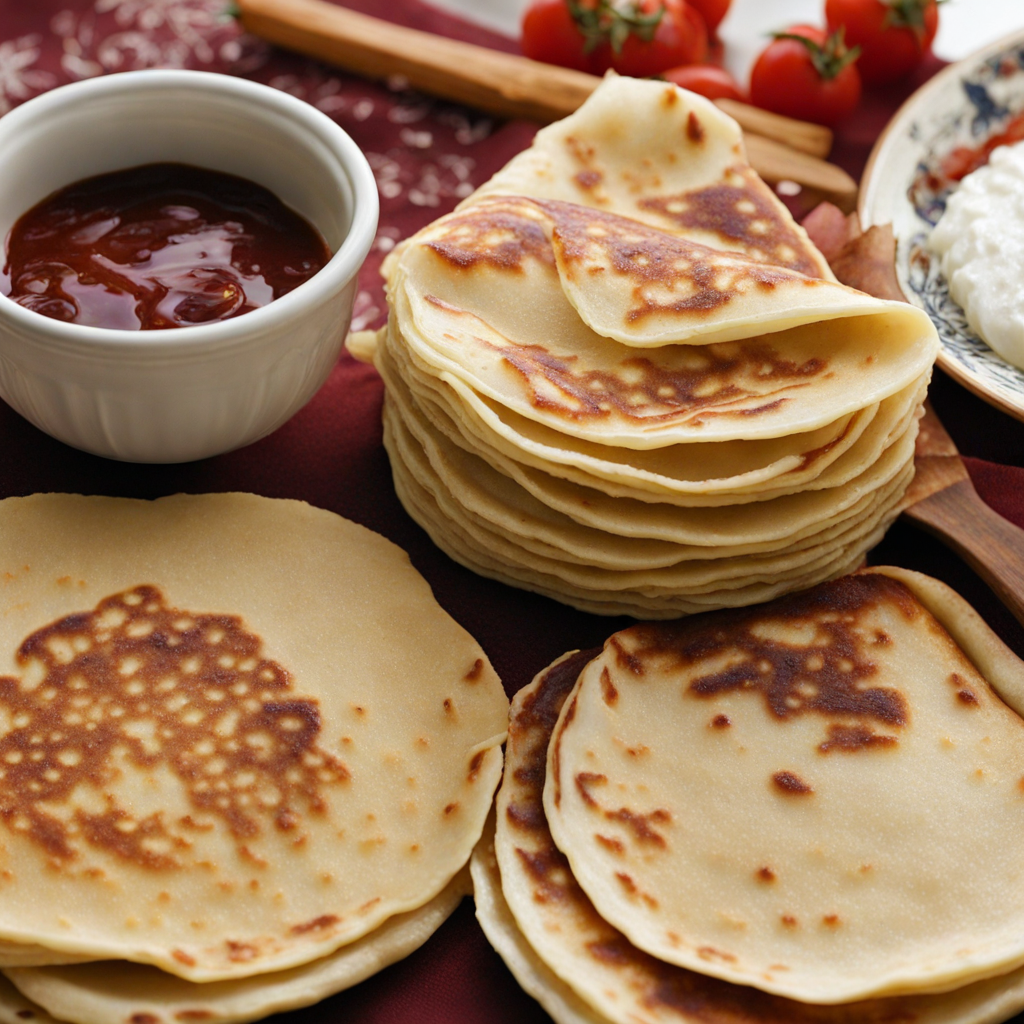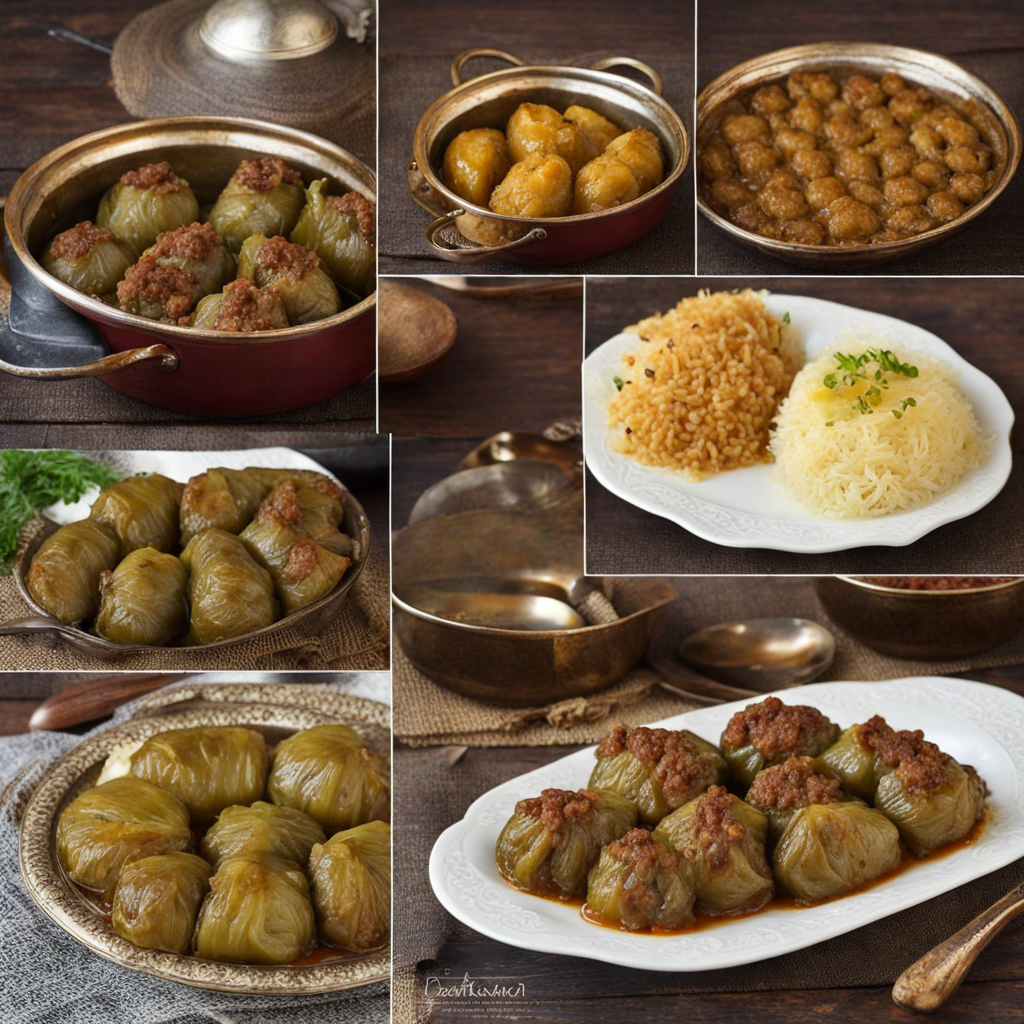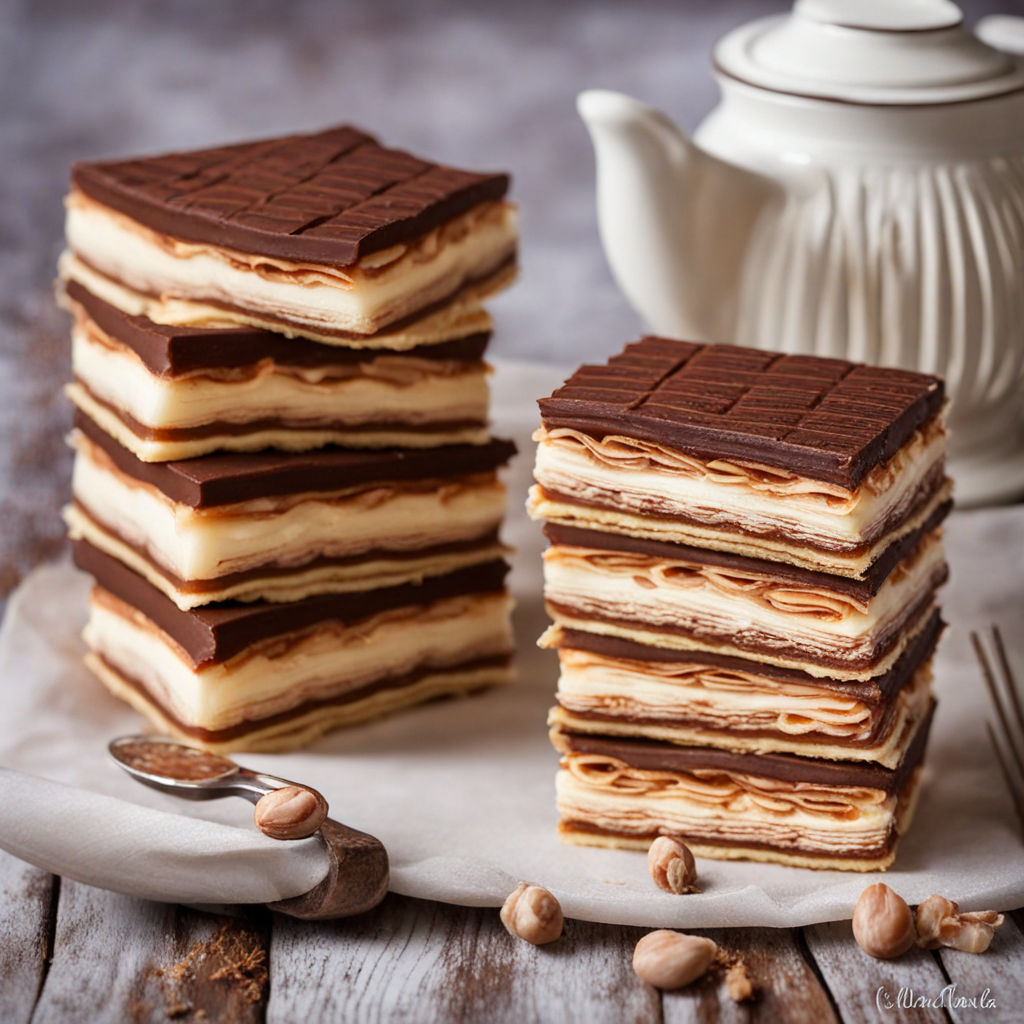Čokoladna Torta
Čokoladna Torta is a decadent chocolate cake that hails from Bosnia and Herzegovina, embodying the rich culinary traditions of the region. This dessert is typically made with layers of moist chocolate sponge cake, which are soaked in a delectable syrup, enhancing their flavor and texture. The cake is often complemented by a creamy filling, made from rich chocolate ganache or a smooth custard, which adds a luxurious mouthfeel and balances the richness of the chocolate. The combination of textures—from the airy sponge to the velvety filling—creates an indulgent experience that is both satisfying and delightful. The visual appeal of Čokoladna Torta is equally enticing, often adorned with a glossy chocolate glaze or dusted with cocoa powder, giving it an elegant finish. Some variations may include decorative elements such as chocolate shavings or fresh berries, adding a touch of color and freshness to the dessert. Each slice reveals the beautiful layers within, inviting you to take a bite and dive into its chocolatey goodness. The cake is typically served chilled, making it a perfect treat for any occasion, whether it’s a festive celebration or a simple gathering with friends. When you take your first bite of Čokoladna Torta, you’ll be enveloped by the intense flavor of high-quality chocolate, which is a hallmark of this dish. The sweetness is perfectly balanced with a slight bitterness from the dark chocolate, creating a harmonious profile that appeals to chocolate lovers. As you savor each layer, the combination of sweet and slightly bitter notes, along with the creamy filling, will transport your taste buds to the heart of Bosnia and Herzegovina, where this traditional dessert is cherished. It's a must-try for anyone looking to explore the rich flavors of Eastern European cuisine.
How It Became This Dish
The Rich History of Чоколадна Торта: A Sweet Symbol of Bosnia and Herzegovina Introduction The enchanting aroma of chocolate wafting through the air often evokes memories of celebration, comfort, and indulgence. In Bosnia and Herzegovina, one of the most cherished manifestations of this universal love for chocolate is the "Čokoladna Torta," or chocolate cake. This dessert is not merely a sweet treat; it is a cultural artifact steeped in history, community, and the resilience of the Bosnian people. Origins The origins of Čokoladna Torta can be traced back to the broader European tradition of cake-making, which began to flourish in the 19th century. Cakes, particularly layered and chocolate varieties, became popular among the upper classes in Europe, influenced by the growing availability of sugar, chocolate, and other exotic ingredients due to colonial trade. As these culinary trends swept through the continent, they found their way into the kitchens of Bosnia and Herzegovina, merging with local customs and ingredients. Bosnia's position at the crossroads of East and West has contributed significantly to its culinary landscape. The Ottoman Empire's influence introduced a variety of spices, nuts, and desserts, while the Austro-Hungarian rule brought European baking techniques and recipes. Thus, the Čokoladna Torta emerged as a delicious synthesis, reflecting both the rich cultural tapestry of the region and the evolving tastes of its people. Cultural Significance In Bosnia and Herzegovina, food is an integral part of social life and cultural identity. The act of baking and sharing a cake like Čokoladna Torta symbolizes community and familial bonds. It is often present at significant life events—birthdays, weddings, holidays, and religious celebrations. The cake serves as both a centerpiece and a gesture of hospitality, embodying the warmth of Bosnian culture. Čokoladna Torta is not just a dessert; it carries with it a sense of nostalgia and tradition. Many families have their own recipes passed down through generations, each one unique yet echoing the same basic elements: rich chocolate, creamy layers, and a touch of sweetness. This connection to heritage creates a sense of pride among Bosnian bakers, who often take great care in crafting the perfect cake for their loved ones. Ingredients and Preparation The preparation of Čokoladna Torta is an art form that showcases the skill and creativity of the baker. Traditionally, the cake consists of multiple layers of chocolate sponge cake interspersed with rich chocolate cream, often flavored with vanilla or coffee. Some variations might include a layer of fruit, such as cherries or raspberries, to add a refreshing contrast to the deep richness of the chocolate. The ingredients are simple yet require a careful balance to achieve the perfect texture and flavor. High-quality chocolate is essential, as it serves as the foundation of the cake’s taste. Other components, such as eggs, flour, sugar, and butter, come together to create a light yet decadent sponge. One of the key aspects of making Čokoladna Torta is the frosting, which is typically a silky chocolate ganache or a whipped cream-like topping. This finishing touch elevates the cake, providing a glossy sheen and added depth of flavor. For many, the preparation of the cake becomes a communal activity, with family members coming together to bake, decorate, and share stories, further strengthening community ties. Development Over Time As Bosnia and Herzegovina has undergone political, social, and economic changes throughout the 20th and 21st centuries, so too has the Čokoladna Torta evolved. During the Yugoslav era, the cake became a symbol of multiethnic unity, enjoyed by people of various backgrounds and cultures. It was a staple in bakeries and homes alike, transcending borders and aligning with the region's diverse culinary landscape. The tumultuous breakup of Yugoslavia in the 1990s brought about significant challenges, including war and economic hardship. However, the resilience of the Bosnian people shone through in their culinary practices. The tradition of baking and sharing Čokoladna Torta persisted, serving as a source of comfort and a reminder of continuity amidst chaos. Community gatherings often featured this beloved cake, reinforcing bonds and fostering a sense of hope. In recent years, as Bosnia and Herzegovina has sought to define its national identity in a post-war context, traditional foods like Čokoladna Torta have gained renewed significance. Chefs and home bakers alike have embraced the cake, experimenting with new flavors and presentations while still honoring its classic roots. Contemporary versions may incorporate local ingredients such as honey, nuts, or even traditional spices, creating a fusion of flavors that speaks to the country's evolving culinary identity. Modern-Day Relevance Today, Čokoladna Torta is not only a beloved dessert but also a symbol of Bosnian heritage in a globalized world. It can be found in cafes and bakeries across the country, appealing to locals and tourists alike. The cake has also gained a following on social media platforms, where food enthusiasts share recipes, tips, and stunning photographs of their creations, further popularizing this iconic dessert. Culinary festivals and events in Bosnia and Herzegovina celebrate traditional foods, with Čokoladna Torta often taking center stage. These gatherings are a testament to the cake's enduring appeal, as they bring together people from different backgrounds to appreciate the artistry of baking and the joy of sharing food. Conclusion The story of Čokoladna Torta is one of cultural fusion, resilience, and community. From its origins influenced by European culinary trends to its significance as a symbol of togetherness in times of hardship, this chocolate cake has transcended mere dessert status. It is a sweet reminder of the rich history and vibrant culture of Bosnia and Herzegovina, embodying the spirit and creativity of its people. As we savor a slice of Čokoladna Torta, we are not just enjoying a delicious treat; we are partaking in a centuries-old tradition that connects us to the past, celebrates the present, and inspires future generations to cherish the art of baking and the bonds that food creates.
You may like
Discover local flavors from Bosnia And Herzegovina


